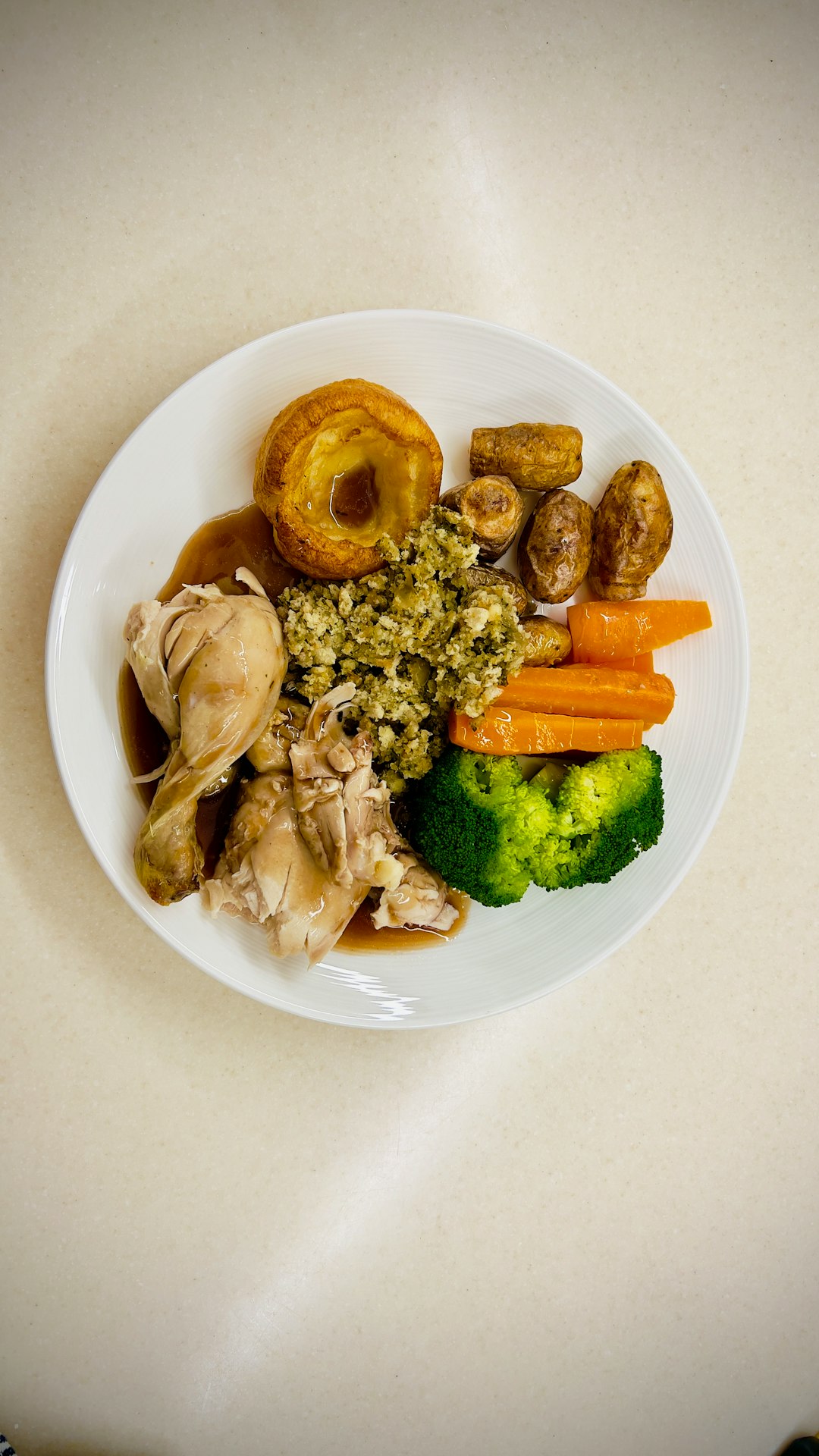Every football player knows that the off-season is where the real work begins. If you want to dominate the field when the whistle blows, you need to build serious muscle and bulk during the months leading up to football season. Gaining size and strength won’t just improve your performance — it will also boost your confidence, reduce injury risk, and make you a more formidable athlete overall.
TLDR (Too Long, Didn’t Read)
To build muscle and bulk for football season, focus on a high-protein, calorie-surplus diet, paired with compound heavy lifting and strategic recovery. Stick to the basics: progressive overload in the gym, consistent eating, and adequate sleep. Training should emphasize both strength and explosiveness, especially in core football movements. Track your progress and allow time for adjustments based on your specific position and body goals.
Understand Your Goal: Functional Bulk for Football
Unlike bodybuilding, bulking for football isn’t just about looking jacked — it’s about building functional muscle. That means you need strength and size that translate into better tackling, blocking, sprinting, and resisting fatigue over four quarters.
The key components of a football-focused bulk are:
- Lean muscle gain over fat accumulation
- Explosive power for sprinting, jumping, and hitting
- Strength and endurance to dominate every play
Step 1: Eat Like a Factory — Not a Campfire
Muscle is built in the gym, but it’s fed in the kitchen. To bulk effectively, you need to consume more calories than you burn each day — this is called a caloric surplus. But not just any calories; your fuel should be high-quality and nutrient-rich.
Macronutrient Breakdown:
- Protein: 1 to 1.5 grams per pound of body weight (e.g., 200g a day for a 200-lb athlete)
- Carbohydrates: 2 to 3 grams per pound of body weight (for energy and muscle glycogen replenishment)
- Fats: 0.4 to 0.6 grams per pound (healthy fats support hormones and joint health)
Examples of muscle-building foods include:
- Chicken, beef, and salmon
- Rice, quinoa, oats, and potatoes
- Eggs, nuts, avocados, and olive oil
- Cottage cheese, Greek yogurt, and whey protein

Eating every 2–3 hours can help you stay in a caloric surplus. If you struggle to eat enough, incorporate liquid calories like protein shakes with oats, peanut butter, and fruit.
Step 2: Lift Like a Beast — Train for Strength and Size
Building bulk isn’t about endless curls and ab work. It’s about lifting heavy, compound movements that engage multiple joints and muscle groups. These lifts are not only essential for muscle growth — they also translate directly to football performance.
Core Compound Movements:
- Squats (Back and Front Squats)
- Deadlifts (Traditional and Romanian)
- Bench Press and Incline Bench
- Overhead Press and Push Press
- Pull-Ups and Rows
- Power Cleans and Hang Cleans
Use the principle of progressive overload: add weight, increase reps or sets, or decrease rest time over weeks. This signals your body to adapt by building bigger, stronger muscles.
Weekly Training Split (Sample):
- Day 1: Lower Body Heavy (Squats, Deadlifts, Leg Press)
- Day 2: Upper Body Push (Bench, Military Press, Dips)
- Day 3: Rest or Active Recovery (mobility, light cardio)
- Day 4: Olympic Lifts + Lower Body Power (Cleans, Jumps, Lunges)
- Day 5: Upper Body Pull (Rows, Pull-Ups, Biceps)
- Day 6: Full Body or Speed/Agility
- Day 7: Complete Rest

Step 3: Recover Like a Pro
It’s during rest — not training — that your body repairs muscle fibers and grows stronger. Don’t underestimate recovery as a vital part of your bulking strategy.
Important Recovery Tips:
- Sleep: Get 7–9 hours per night. Sleep is where growth hormone peaks.
- Hydration: Muscle is 75% water. Drink at least a gallon a day to stay in anabolic mode.
- Mobility Work: Foam rolling, stretching, and mobility drills prevent stiffness and injury.
- Deload Weeks: Every 4–6 weeks, cut volume or intensity to allow full systemic recovery.
Consider supplements like creatine, omega-3s, and zinc-magnesium to further support recovery and hormones, but always consult with a nutritionist or trainer before adding anything unfamiliar.
Step 4: Train Specifically for Your Position
A linebacker’s training needs differ from a wide receiver’s. Once you’ve built a foundation of strength and size, tailor your bulking program based on how you play the game.
Bulking Goals by Position:
- Linemen: Maximize mass and strength while maintaining mobility (focus on squats, traps, and pressing movements)
- Running Backs & Linebackers: Prioritize explosive strength, balance, and rotational core work
- Wide Receivers & Defensive Backs: Stay lean and fast — bulk should emphasize speed training alongside hypertrophy
- Quarterbacks: Build moderate muscle, arm strength, and mobility without reducing throw speed
Incorporate agility ladders, cone drills, and sled pushes to maintain athleticism during your bulk.
Step 5: Monitor, Adjust, and Stay Disciplined
Building muscle takes time. Track your workouts and meals, and evaluate your progress weekly. If you’re gaining more fat than muscle, fine-tune your caloric intake or tweak your macros.
Key Tools for Tracking:
- Body weight scale (track morning weight, not daily fluctuations)
- Progress pics every 2 weeks
- Workout log app (track reps, sets, and weights lifted)
- Food tracking app (ensure you’re in a surplus, hitting macros daily)
Stay disciplined and patient. Visible muscle growth takes 4–6 weeks, while measurable strength gains come every 1–2 weeks when training effectively. Avoid the temptation to “dirty bulk” on junk food, as excessive fat gain will only slow you down on the field.
Conclusion: Dominate the Off-Season, Own the Gridiron
The effort you put in during the off-season sets the stage for the upcoming football season. By following a muscle-building program designed for athletic function and not just appearance, you’ll be bigger, stronger, and faster — the trifecta every football player dreams of.
Stick to the basics: nutrient-rich eating, compound lifting, excellent sleep, and consistency across the board. Stay locked in and ready to turn heads when the pads come on.
Bulk smart, lift hard, and get after it!
